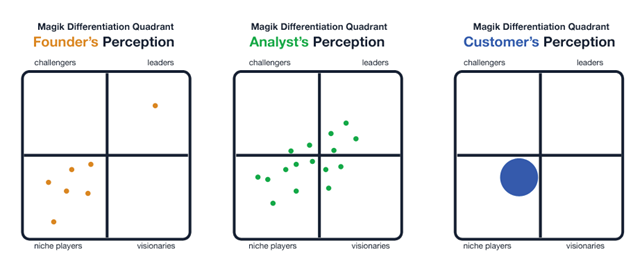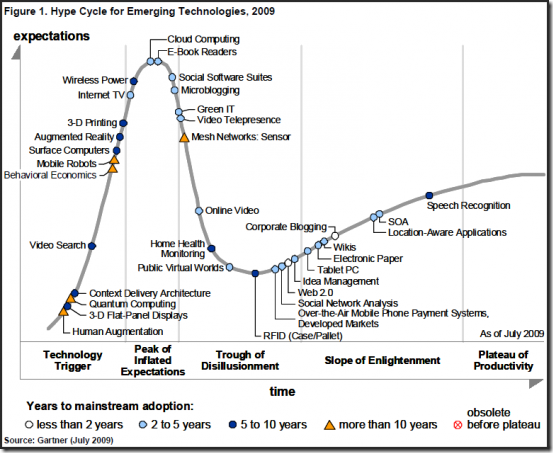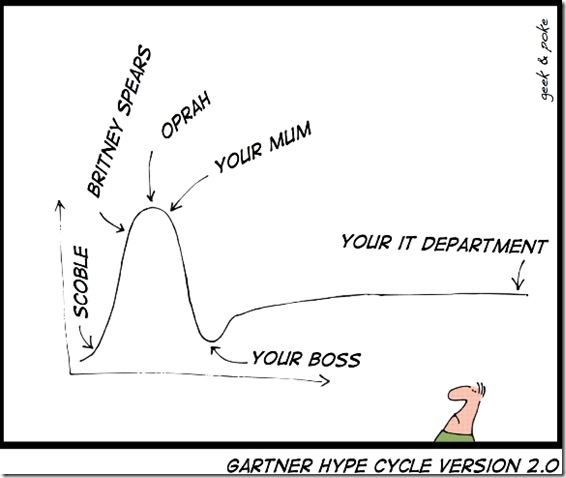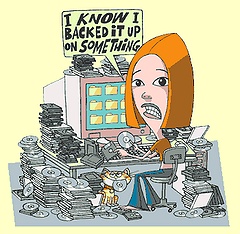 Some analysts (?) spammers just won’t learn. I ridiculed this “research report” a few months ago (quoting old post below):
Some analysts (?) spammers just won’t learn. I ridiculed this “research report” a few months ago (quoting old post below):
The Care and Feeding of Industry Analysts
The Top 10 Questions The Care and Feeding of Industry Analysts Will Answer For You Include:
1. What are the ten deadly sins NOT to commit when working with an industry analyst firm?
2. What are the typical characteristics of an industry analyst that will enable you to more effectively work with them?
3. As a vendor, when should you be humble and when should you position yourself as an expert?
4. Does subscribing to an analyst’s research improve coverage of your products or company?
5. How is a research briefs created and what impact can a vendor have on its content?
6. What are the three highest-level benefits you can enjoy from an effective analyst relations approach?
7. How can you best capitalize on industry analyst ‘rules of engagement?’
8. Precisely what homework must you do before you brief an analyst?
9. How do vision and ability to execute relate to how an analyst sees your company?
10. During a briefing, how do CEOs, VPs of sales, PR firms and VPs of marketing impact how an analyst sees your company?The actual report (PDF) costs EUR 316. Is it worth? I leave it up to you … but I promised entertainment. Look at the other “research” this paper is associated with:
Customers who bought this item also bought
Chinese Markets for Baby Care Products
Toilet Care Products – United Kingdom
Surface Care – United Kingdom
Chinese Markets for Laundry Care Products
Hair Care in the US
Laundry Care – United States
Long-Term Care Market Review 2006
The Future Of Personal Care OccasionsWow.. .I especially love the pairing of Toilet, Laundry and Analysts 🙂
I thought I had originally made it quite clear I wasn’t exactly a fan of this puff piece. Apparently one person did not quite “get it” – today I received an email offer from the original sender to buy the same study, for the same price.
Fuhgeddaboudit. And stop spamming me, Amy Cole.
(Cross-posted @ CloudAve)





 (Who would have thought that what started yesterday as a quick rant becomes part of the hot topic du jour a few hours later…)
(Who would have thought that what started yesterday as a quick rant becomes part of the hot topic du jour a few hours later…) Michael Dell has warmed up
Michael Dell has warmed up 
Recent Comments